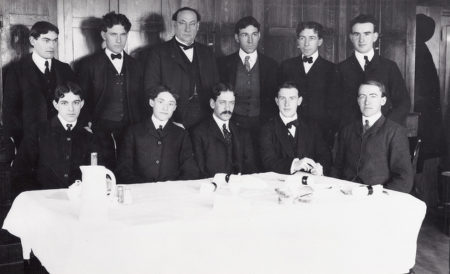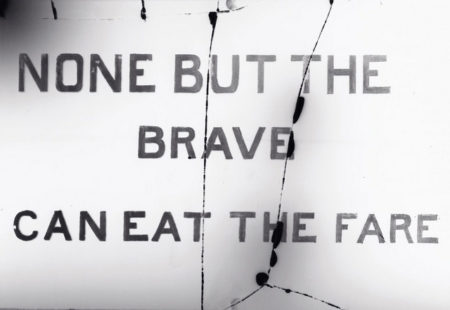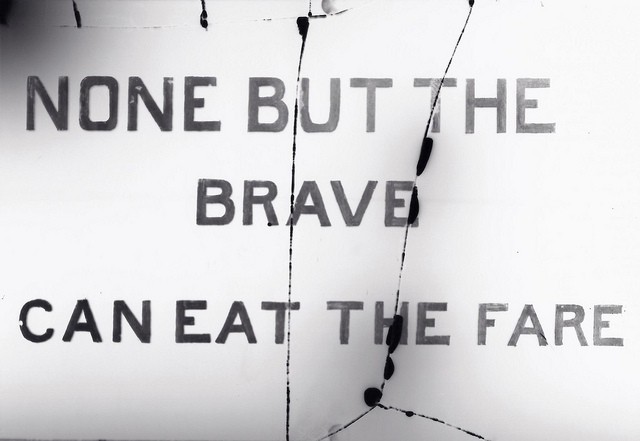Poison Squad set to determine acceptable limits for toxins in food
If you’ve ever had the misfortune of eating something that results in food poisoning, then you know the agony that results. Curled up and shivering on the bathroom floor is not how any of us would want to spend an evening, yet this is the cruel reality of consuming food that is poisonous or toxic to us. While the effects of food poisoning are related to what was consumed, in most instances, the effects last for several hours but can last for up to a week. The effects do pass, with the hope that we never again have to endure this suffering again. Yet with more than 250 different types of food poisoning, it’s likely you and food poisoning will cross again as one in six persons will suffer the effects each and every year.
Given how awful food poisoning is (flu-like symptoms, nausea, fever and diarrhea are very common), can you imagine intentionally signing up to ingest poison? No? How about if it’s all in the scientific effort to determine the safe level of consumption for chemical additives to food? Still no? While I too would say no thanks, in the 1900s, a band of men known today as the Poison Squad led by Dr. Harvey W. Wiley, did just that.
In the late 1800s, there were no federal government rules about what could, or could not, be included in food products, let alone how much of any specific ingredient could be included. Many chemicals were used in food products to help extend their shelf life, especially in meats to help combat bacteria, as the use of refrigeration was in its infancy at this point in time. There were also other instances where extra ‘ingredients’ were added to foods, to increasethe quantity and profit of the food item without actually producing more food.

From 1902 to 1903, Dr. Wiley, the Chief Chemist of the US’s Agriculture Department led a group of 12 young, robust men, who voluntarily signed up to consume varying levels of poison for an entire year. It was not too difficult at this time to recruit men for these tests, as they were both being paid and fed 3 meals a day, 7 days a week, with only a 50% chance of being part of the sample ingesting the questionable food ‘additive’. At this time, this was the only way Dr. Wiley felt he could properly test the effects and safety of these unregulated food ‘ingredients’. Consuming the same chemical day after day, they could determine what level of chemicals being added to food triggered health problems. Once the level of consumption was reached where it started to harm an individual’s health, the experiments were stopped, as they had reached the maximum level of safe consumption. The Poison Squad determined dangerous levels of consumption for borax, sulfuric acid, saltpetre, formaldehyde and copper sulfate.

This group of men and Dr. Wiley ushered in a movement for food regulations and standards. In 1906, the US “Congress passed both the Meat Inspection Act and the original Food and Drugs Act, prohibiting the manufacture and interstate shipment of adulterated and misbranded foods and drugs” (Schumm 2018). From this ethically questionable means of research, we continue to carry out this important research and safety insurance to consumers, however, without the exposed risk of young person’s health.
Today, safe levels of new foods, chemicals and other food ingredients are determined using rodents, rats in particular. The global standard for determining the toxicity of foods and food ingredients is to select a control group that gets fed a diet of the standard product for 90 days. In these oral toxicity studies, experimental groups of rats are fed the product being tested for an equivalent 90 days, in which afterwards their internal organs and digestive tracts are medically examined for differences.
Fortunately, today’s toxicity determination protocols are risk-free to humans. It would take a considerable amount of bravery to willingly sign up to ingest a toxic substance for a period of several weeks or months as part of an effort to determine hazardous effects. The science of risk assessment has evolved substantially over the past 100 years. Thankfully, our science and research protocols have moved beyond exposing humans to potentially toxic chemicals. This is all thanks to the Poison Squad who were pioneers of the present risk assessment process.


